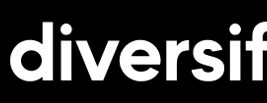INSTALLATION
21 Nov 2024
NIDA Prepares Students for The Future with Meyer Sound’s Spacemap Go
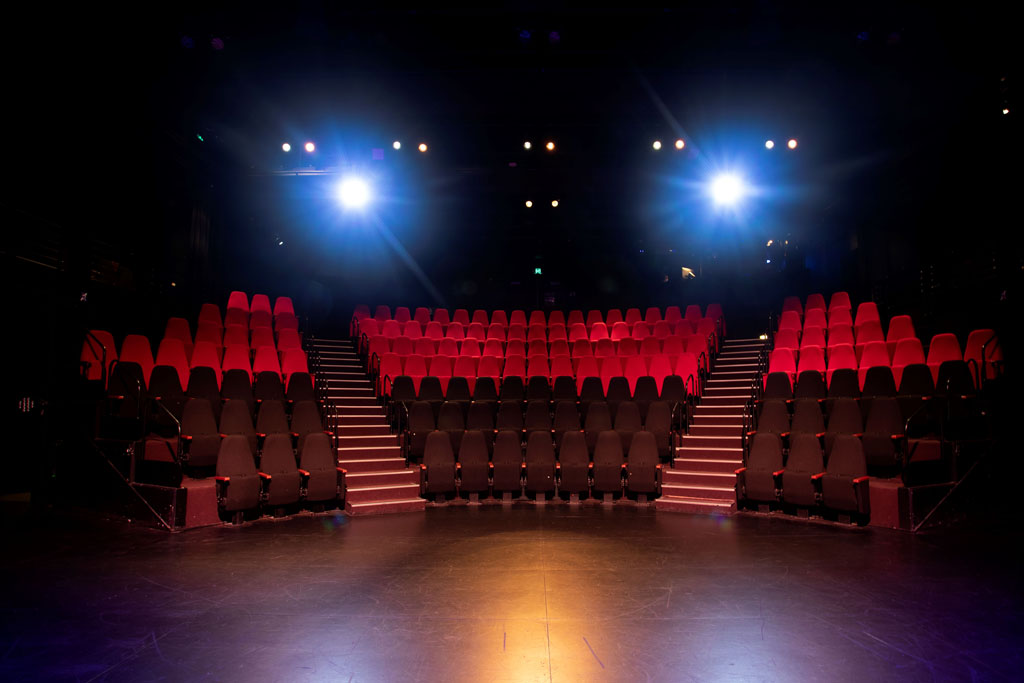
Subscribe to CX E-News
Sydney’s National Institute of Dramatic Art (NIDA) has been training the next generation of actors, creatives, and techs since 1958. Always staying ahead technologically, NIDA equips its BFA (Technical Theatre and Stage Management) students with the knowledge and skills to create innovative productions from graduation and into the future.
As part of this goal, NIDA recently upgraded the PA in its Playhouse Theatre to be capable of mixing with Spacemap Go, Meyer Sound’s spatial sound design and mixing tool, which runs on the backbone of a Meyer Sound Galileo GALAXY processor. After a remarkably short learning curve, both staff and students are now creating productions using the system. I asked NIDA’s Technical Operations Manager, Ben McPharlin, about the path to going immersive, and how he sees theatre practice developing with the new workflow.
“When I joined NIDA in December last year, The Playhouse Theatre had five Meyer Sound ULTRA-X40s in LCR mode, with two surrounds in the room and a couple of JBL subwoofers that were left over from the previous install,” explains Ben. “When looking at replacing the old JBL subs, a Meyer Sound 2100-LFC was the best option. Other system processing was considered with purchase of the 2100-LFC, however realising that a Galileo GALAXY would unlock the ability to use Spacemap Go with a Meyer Sound PA, we pitched the idea to Paul Prestipino, our Head of Sound Design and Senior Lecturer, and went ahead with the Galaxy at the same time as the 2100-LFC, giving us room to increase the speaker count over time as needed. Soon after this upgrade, we were in discussions about doing a multi-channel sound project with the Technical Theatre and Stage Management students.”
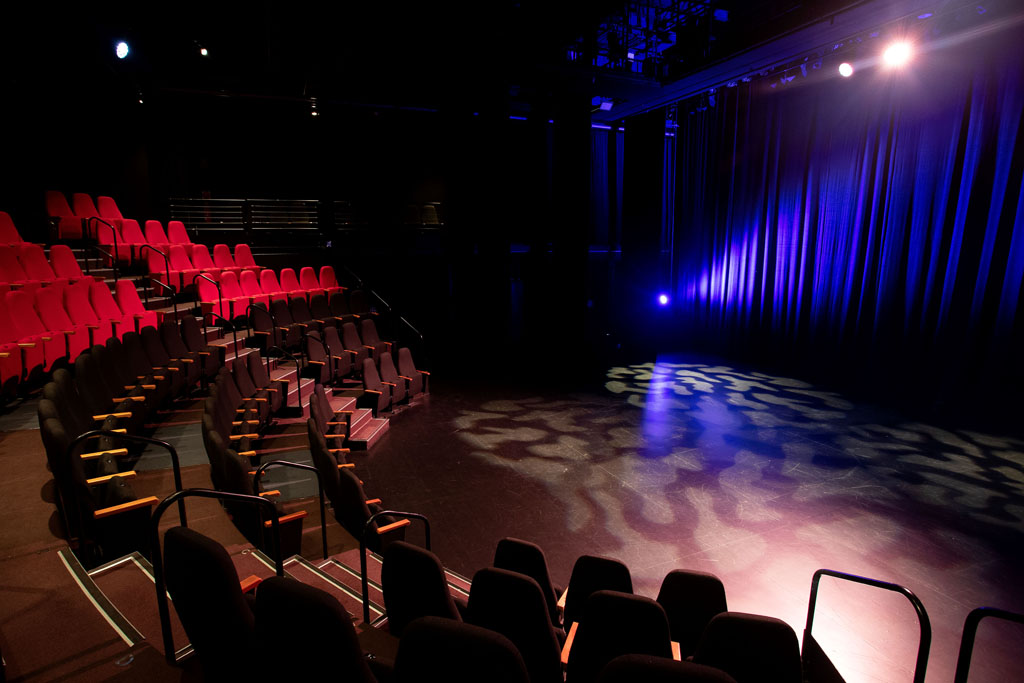
Ben added two Meyer Sound ULTRA-X20s that the Playhouse usually used as front fill. Meyer Sound’s Owen Ironside (Sales Manager, APAC) then got involved with the project, supplementing the system with a further two ULTRA-X20s, and facilitating the purchase of the Galileo GALAXY processor. The Playhouse now had an immersive-capable PA consisting of five loudspeakers around the perimeter and four overhead.
“Paul Prestipino hadn’t yet used Spacemap Go when we first started the conversation,” Ben continues. “It was about a month and a half from the initial conversation about doing the project with Spacemap Go to having a system running in the room. Paul had a day to experiment with it beforehand, and then the students were hands-on, using it in creative ways after about four hours. The week when they were first introduced to Spacemap Go ended with the students presenting their project.”
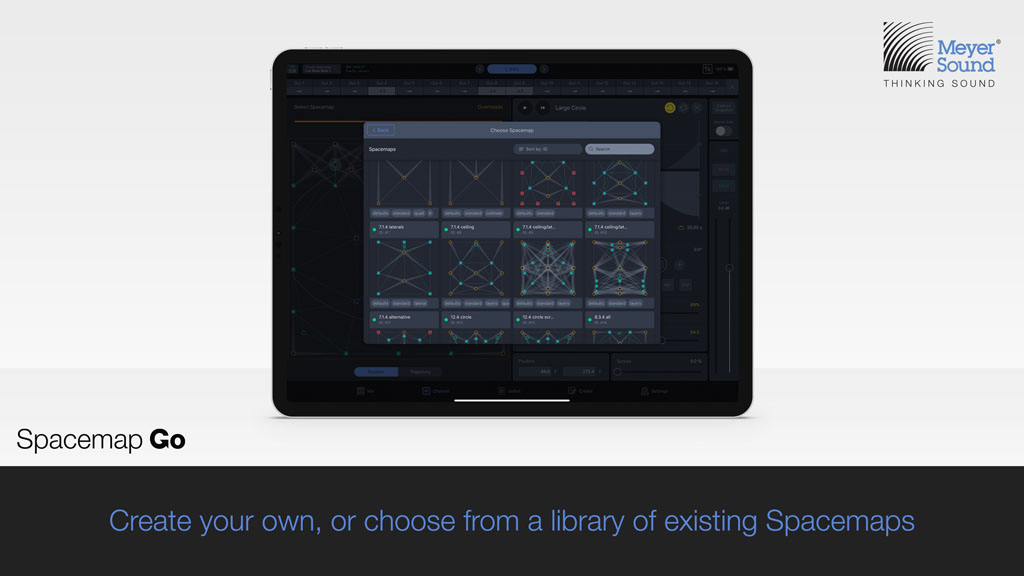
It’s testament to the excellent design of the Spacemap Go iOS and computer interface just how easy it is to implement and automate complicated sound movements in seconds.
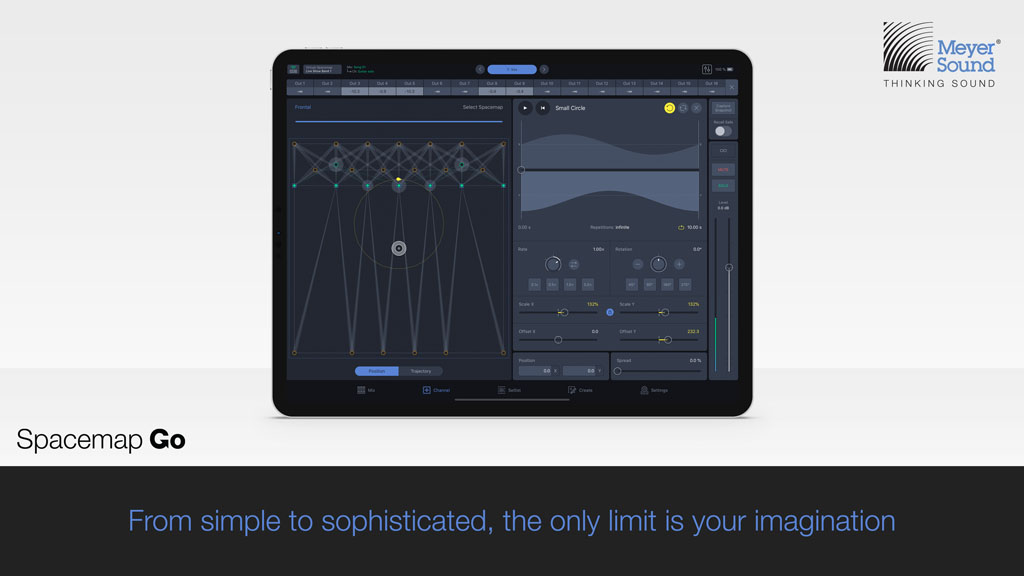
“I was really surprised just how easy it was to get the system up and running and have the students using it,” concurs Ben. “It is so straightforward that we’ve already got our first production using it now in November. The speed and intuitiveness of Spacemap Go is incredible. What the students achieved with it in the short period of time they were using it was well beyond our expectations. It got rid of the barriers and thinking about the technical implementation, because it works all of that out for you. Hours of programming in QLab just becomes a flick of a finger on the iPad. Hit record and move on to the next cue. One of the shows had over 100 cues in their five-minute presentation. And this is with people who had only just been exposed to the technology, so I’m really excited to what they’ll do with it in the future.”
We asked Paul Prestipino to describe the types of soundscapes the students created, and what were some of the highlights; “Each student was asked to create a personal five-minute sound work,” explains Paul, “inspired by a dramatic or sensory provocation, that moved spatially around the listener. Thinking about and deciding where to locate elements of their soundscapes in order to achieve strongest storytelling impact was definitely a highlight and valuable learning experience.”
How much time did you have to get used to the Spacemap Go software, and did you find it easy to use? “Not too long,” answers Paul. “We used QLab Network cues to integrate Spacemap Go. Once the students got their heads around that change in workflow, it was pretty smooth sailing. The process of visually mapping sound was ultimately easy and enjoyable.”
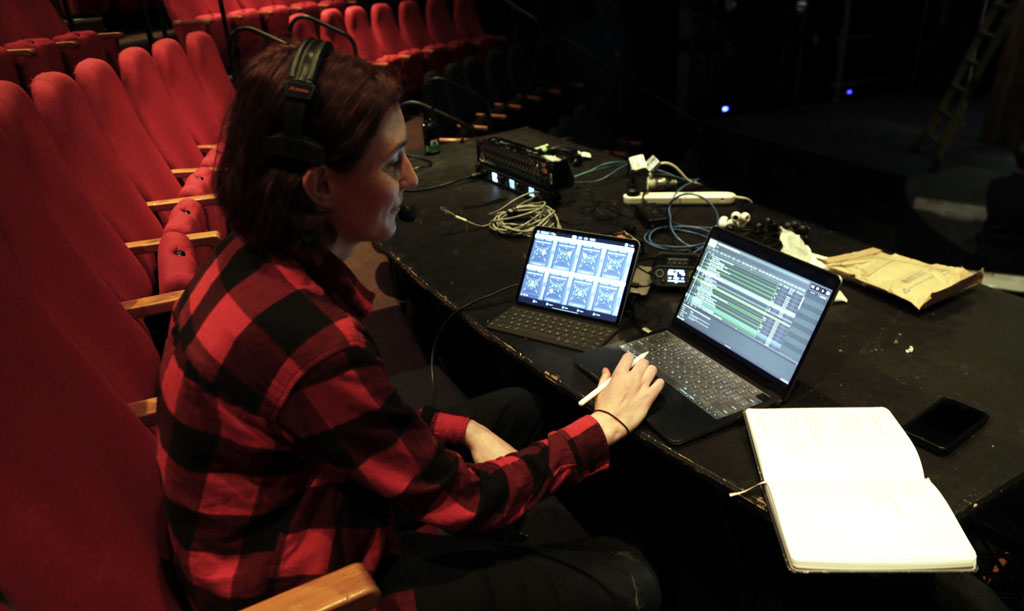
Where do you see the future of sound design going with technology like this? “Technology in and of itself does not make great art,” muses Paul, “but with the right set up and idea, spatial audio in live performance has the potential to create a more precise and heightened sense of movement in sound design, which can potentially enhance the sensory and emotional experience of the audience.”
NIDA prepares its students for the future of sound design and gives them insight into new directions. Using technologies like Spacemap Go enables students to imagine what theatre sound design workflows and outcomes will be like in years to come. “These students are getting introduced to technologies like Spacemap Go in year one, term one,” states Ben. “Who knows what they’re going to do with it once they start pushing the limit? In this instance, their first project was all pre-recorded sources, so there were no live elements. However, talking to Paul, he is thinking that because Spacemap Go is so easy and intuitive, he will likely incorporate some live elements in the next project.”
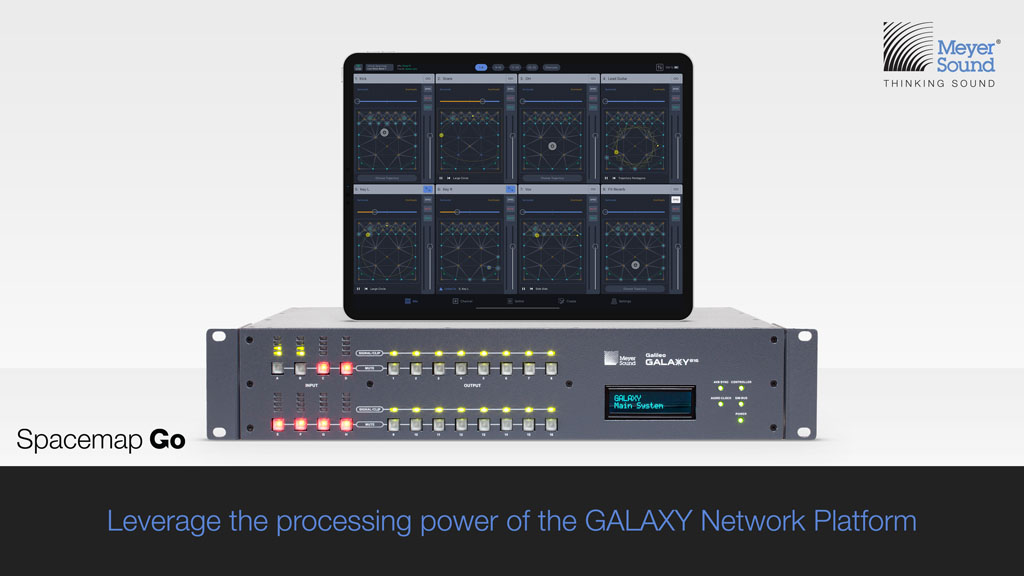
With a long history in theatre and performing arts, Meyer Sound will continue to help NIDA develop their equipment and curricula. “Owen’s been fantastic,” agrees Ben. “He has been really supportive of the project, and both Owen and Meyer Sound’s Corporate Innovation Design Engineer, Malcolm Embleton, spent almost a week with us. They spent three days installing the system, tuning it, and training us. They did some training with the tech ops staff, as well as with the Technical Theatre and Stage Management students, and gave a presentation to our executive about the system. It is a good partnership, and we’ll continue to work with Meyer Sound on future projects.”
Subscribe
Published monthly since 1991, our famous AV industry magazine is free for download or pay for print. Subscribers also receive CX News, our free weekly email with the latest industry news and jobs.





